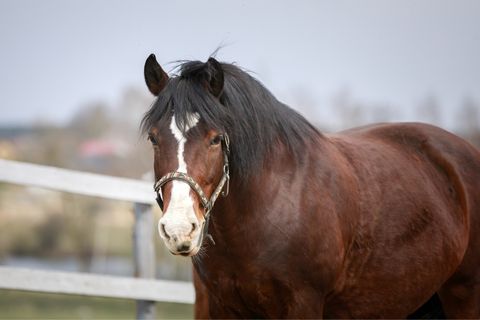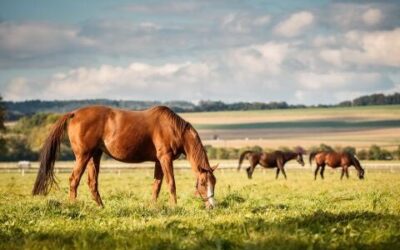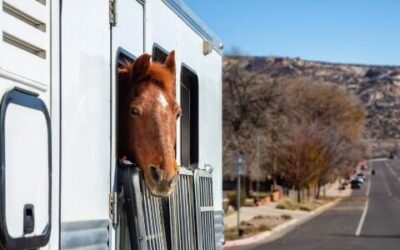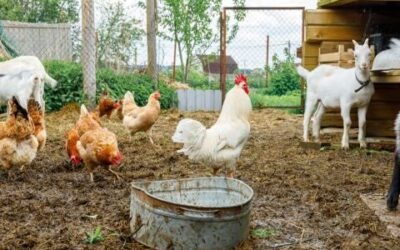
For horse owners, laminitis is a literal nightmare. This serious health condition affects the laminae of the horse’s hoof—the laminae connect the hoof wall to the coffin bone of the horse, this can cause the coffin bone to rotate, and in extreme cases, it can even puncture the hoof sole. This painful condition can cause bouts of serious lameness for your horse, but it can also have fatal consequences. Fortunately, astute equestrians can recognize the warning signs of laminitis, so they can minimize the long-lasting effects. Keep reading to learn more about five important warning signs that your horse has laminitis.
Obesity
Severely overweight or obese horses are at a greater risk of developing laminitis. This is for several reasons; typically, overweight horses can be more apt to have insulin resistance, which has been linked to laminitis. Additionally, overweight horses put more stress on the hoof, which can cause mechanical changes in the overall shape of the hoof. Try to help your horse manage their weight, as this will make them less susceptible to laminitis. Many of our customers have had great success using low-sugar hay for horses to lower their horse’s caloric intake while still providing them with the nutrients that they need to thrive.
Shorter Strides
One of the first signs of laminitis is your horse developing shorter strides; this is due to the discomfort of the laminae. Establish a baseline for your horse, and then routinely watch your horse, either in the field or on the lunge line, to determine if there are any deviations from the baseline. While just having shorter strides does not necessarily mean that laminitis is imminent, it can signal an underlying issue.
More Abscesses
While any horse can get an abscess, horses who are prone to laminitis have been shown to have more abscesses than some other horses. If your horse seems to be increasing the frequency in which they have abscesses, it may be worth discussing your horse’s hoof health with your veterinarian and farrier.
Hot Hooves
Increased temperature in your horse’s hooves is a sign that the laminae of the hoof are experiencing trauma. Generally, your horse’s hooves will feel warm with increased blood flow; however, prolonged high temperatures can be damaging. “In other words, there’s no need to panic if your horse has been standing in a sunny field on a 90-degree day and his hooves are hot. The time to worry is when hooves reach 91.4°F (33°C) for several hours in a row and the outdoor temperature is lower than 77°F (25°C),” explains Andrew van Eps, BVSc, Ph.D., MACVSc, Dipl. ACVIM, senior lecturer and specialist in equine medicine at The University of Queensland Equine Hospital in Gatton, Australia. Many equine manufacturers make ice boots for rapidly cooling hooves, which can help minimize the damage.
Increased Heart Rate
An increased heart rate is a sign that your horse may be in distress. While it may not be the number one indicator of laminitis when coupled with other factors, laminitis may be imminent. “We found that in our clinical patients the most sensitive indicator (for pending laminitis) is probably an increase in heart rate. A mild increase in heart rate of even 6 bpm can be a significant early indicator that your horse is getting uncomfortable,” explains Tom Ryan, FWCF, a researcher and farrier based in Bedfordshire, U.K.
Do you recognize any of the five warning signs that your horse has laminitis? Quick action is imperative. Call your veterinarian immediately so that they can help you minimize the damage.




